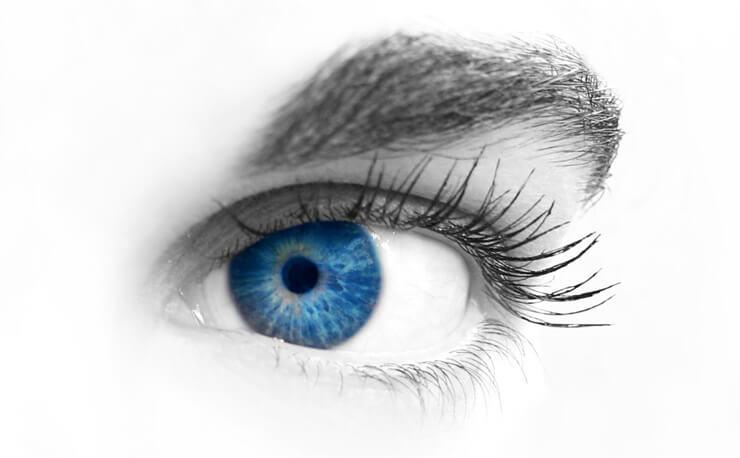The bilberry(China Bilberry Extract) is a Eurasian low-growing shrub belonging to the family Ericaceae, not to be confused with blueberry. The plant bears blackish berries which are edible and considered to be good for the eye. The plant grows in temperate and subarctic regions of the world but mostly in North Europe and the British Isles. The black-colored berries can be eaten raw and have a tangy taste. The berries can also be smashed into a pulp and made into jam. In Poland, the berries are either eaten raw with sugar or as a filling in sweet buns. Polish people believe it to treat diarrhea. In France however, the juice from the berry is used as a base for liquors or as a flavoring agent in desserts and sorbets. The red and purple tinge of the berry’s pulp lends a colorful touch and a unique tang to desserts.
There have been stories that during World War Two, British pilots in the Royal Air Force used to eat bilberry jam to enhance night vision. However, this claim has yet to be conclusively supported by human research. Despite the very little study, the bilberry has been known to be eaten throughout history to cure night blindness and enhance the general vision of the eye. The fruits are the only edible parts of the plant while the leaves can be dried and ground into a powder. The bilberry contains many active components. The principal component among them is anthocyanidin. Anthocyanidins consist of two compounds, namely anthocyanins and anthocyanosis des. There is about 300 milligrams to 700 milligrams of anthocyanidins per 100 grams of fruit. These anthocyanidins are responsible for the strong antioxidant and anti-inflammatory qualities of the bilberry. The china bilberry extract contains the highest percentage of anthocyanins. Other compounds present in the berry are tannins and flavonoids. Tannins provide the anti-inflammatory effects of the fruit while flavonoids help improve circulation in diabetic patients.
The bilberry extract is known to cure a lot of illnesses. Among their many abilities, one of the most important is their positive effects on the eye. Bilberry has been prescribed in France, since 1945, for diabetic retinopathy. Diabetes is a major cause of retinal disease and blindness. Bilberry is known to address retinal problems and improve blood flow to the eye. The anthocyanins present in china bilberry extract act as a strong antioxidant and strengthen blood vessels and fine eye capillaries. This ensures enhanced blood and oxygen supply to the eye. It also treats retina disorders and cataracts thus keeping the eye healthy.
Speaking of anti-oxidants, these robust compounds target free radicals inside the body and keep the body young from within. Free radicals are harmful to cells and one of the chief reasons behind cell death. By inhibiting free radicals the bilberry extract keeps the body healthy and young. The effect of antioxidants on the skin is also worth mentioning. Owing to this quality it was considered an anti-aging fruit throughout history. The effect of bilberry on fatigue and physical stress is yet to be ascertained via proper human study. The other qualities of this fruit, as learned from folklore and traditional medicines, are treating hemorrhoids, diabetes, gout, skin infections, gastrointestinal disorders, and kidney disease. Most of these are based on lab studies of mice or in vitro culture. More conclusive research on human subjects is required to fully understand its effects on the nervous system and other disorders.
The chemical tannin present in china bilberry extract is an anti-inflammatory. It prevents swelling and soothes aches and stress. It is also believed to be the leading compound behind the fruits’ supposed effect on diarrhea. The pulp of the bilberry fruit can cure mouth and throat infections because of its anti-inflammatory compounds. Flavonoids in the fruit may also be able to lower blood sugar levels and check cholesterol. Even though this theory has not been proven by research, the bilberry extract has shown tendencies to prevent heart diseases and improve cardiovascular health. The anthocyanins reduce chronic venous insufficiency (CVI) and treat decreased blood flow due to constriction of veins or arteries. The anthocyanidins help regulate blood flow to the retina and help to prevent blindness in diabetic patients.








